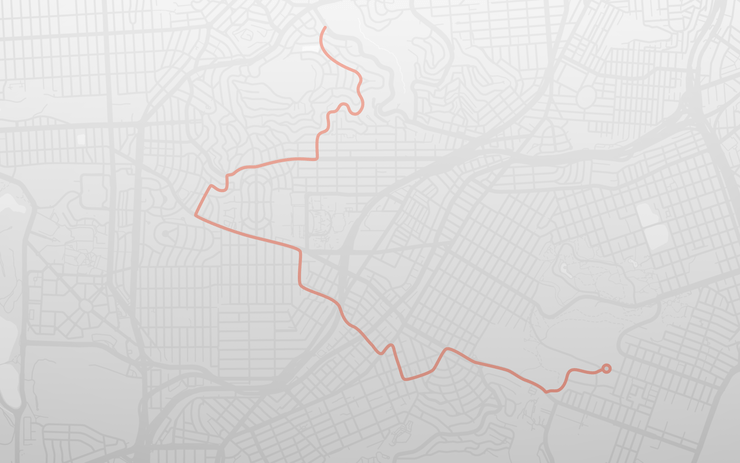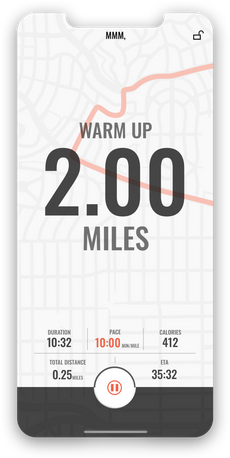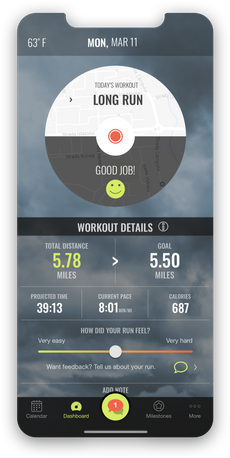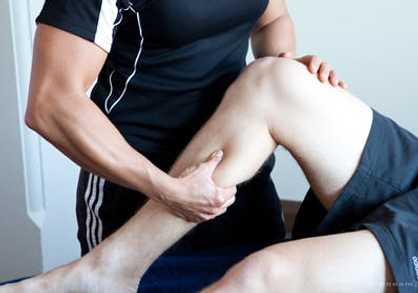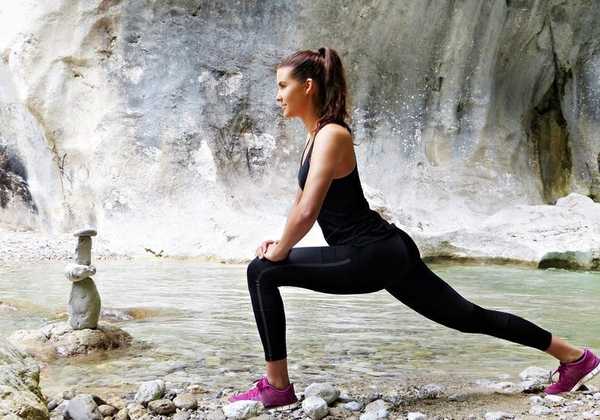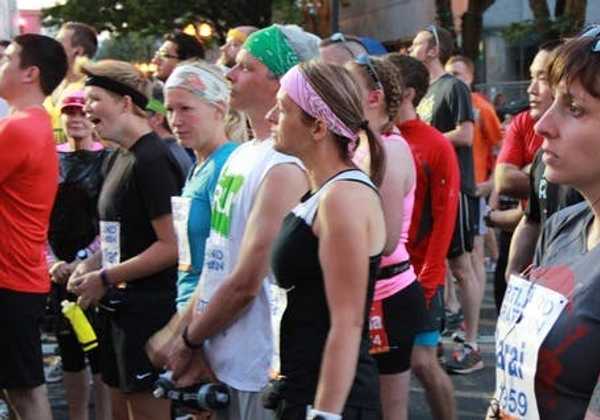How to Get Rid of Running Blisters
May 14th 2020
Every runner knows what it’s like to unroll their sock and discover a stinging blister in the middle of a workout.
There’s nothing more disheartening to having to call off the run, but what if you could prevent this from happening?
If you want to know how to eliminate the threat of running blisters, you’ve come to the right place. Here’s everything you need to know.
Why Do We Get Running Blisters?
The main culprit behind blisters is friction.
As your foot hits the floor, the ground pushes back, so your insole pushes against your sock, which then rubs against your skin.
As you push off the ground with each step, all these forces play in the reverse direction. And as our body absorbs this impact, the skin on our feet (made from soft tissue) moves more.
Because our skeleton, soft tissue, shoe, and sock are all out of sync, the frictional force creates painful blisters. In turn, a blister forms on the foot from running because our shoes and socks rub against our outer layer of skin more than our inner layer of skin.
As this grinding continues, the two skin layers separate and fluid fills the void because of pressure. We then find a raised, fluid sac between the newly separated layers of skin surrounded by almost separated layers.
Heat and moisture further intensify the frictional forces, increasing your chances of blisters.
Related: 20 Tips for Long Distance Running
How to Get Rid of Blisters
To heal your blisters from running, there are many ways, for example:
The "Leave It Alone" Method
Got a small blister that’s not affecting your movement? Then leave it alone.
Popping the blister’s membrane makes it vulnerable so bacteria on your skin will invade and could trigger an infection.
Instead, cover it up with a plaster and wait for it to go down. You can do this by getting a piece of moleskin and cutting a hole the size of the blister in the middle.
Next, place it over the blister and cover with gauze. Eventually, the blister will dry out and heal by itself.
Related: How to Avoid Running Injuries
Fixing Blisters on the Run
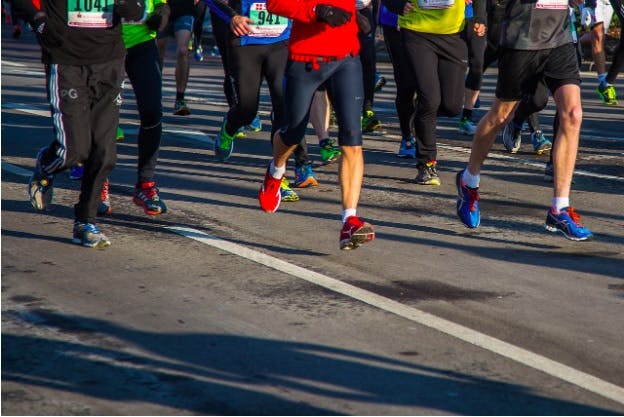
There are, however, instances wherein popping a blister is necessary. If you're mid-race, you'll want to get rid of blisters ASAP.
First, clean the blister’s surface and the surrounding area with an alcohol pad or disinfectant.
Then puncture the blister with a needle, sharp scissors, or even a safety pin. Put three holes in the blister so it drains and ensure the placements let it continue to drain as you start running again.
Once all the fluid is out, clean the area again and ensure there’s no debris. Before you apply a patch, add a small dab of lubricant to the roof of the blister so it doesn’t stick when you eventually peel the tape off.
The patch should be large enough to stick to the surrounding skin. Note that if your blister is on a toe then wrap the entire toe and the adjacent one.
Press the patch down to prevent any creases and ensure it’s completely stuck to the skin. Next, apply a tape adhesive like tincture of Benzoin to the blister's surrounding area to ensure it won't peel off.
For a Popped Blister
Wash the blister and its surrounding area with warm water and soap. Next, smooth down the skin flap and apply antibiotic ointment to the area. Then get a sterile gauze and cover the blister but ensure it's not too tight.
Following Up
Change the bandage daily or whenever it gets dirty. You should also avoid wearing shoes that press on the blister until it fully heals and wears thick socks whenever you wear running shoes.
Preventing Running Blisters for Good
There are many precautions you can take to prevent blisters on toes from running, such as:
Wear the Right Size Shoes
If your running shoes are too small, they will create blisters under your toenails or on the tips of your toes.
Your shoes must have a thumb’s width of space between your toes and the end of the toe too. Aways tie your laces so your foot doesn’t move around too much when you’re on the go.
Related: Find the Training Shoes to Match Your Running Style
Socks
To prevent running with blisters, buy socks made specifically for running. Find socks made from synthetic material as they wick any moisture away from your feet which is a major cause of blisters.
Also, make sure your socks fit well so there’s no loose fabric bunching up at your heel or at your toes. Some runners even wear double-layer socks so there’s only friction between the two socks layers instead of your skin.
Lubricate Before You Run

So you don’t have to worry about a run with blisters, coat your feet with a lubricant like Vaseline. Focus especially on areas prone to blistering like the back of your ankles or between your toes.
Use Tape or Pads
Many runners lay moleskin or athletic tape over sensitive areas on their feet to prevent blisters. If you choose this method, make sure there are no wrinkles in the tape and that it’s not too tight.
That's it!
Running blisters are a runner’s worst enemy but luckily, there are precautions you can take.
The easiest way is by buying running shoes that fit and synthetic socks as they wick away moisture, unlike cotton ones. You should avoid draining blisters, but if you’re in a race, make sure you clean the area first to prevent infection. Good luck!
Want a training plan customized to your abilities? If so, check out our training app at SportMe and how it can boost your performance in marathons.

